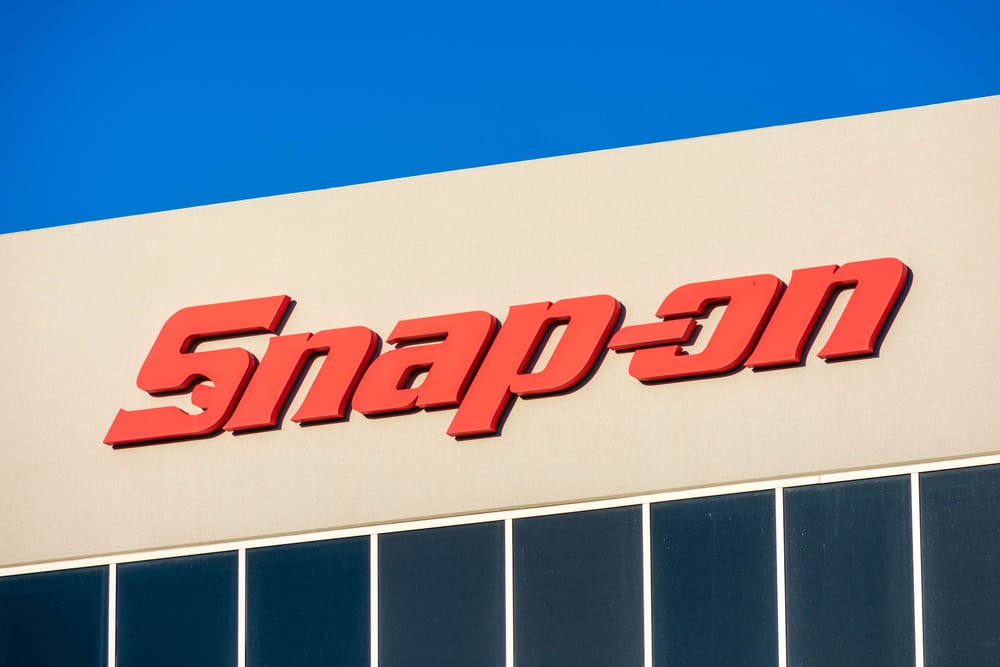Neharika Jain
2 min read
In This Article:
Kenosha, Wisconsin-based Snap-on Incorporated (SNA) manufactures and markets tools, equipment, diagnostics, and repair information and systems solutions for professional users. Valued at a market cap of $16 billion, the company serves the aviation and aerospace, natural resources, agriculture, infrastructure construction, government and military, mining, power generation, and technical education industries.
Companies worth $10 billion or more are typically classified as “large-cap stocks,” and SNA fits the label perfectly, with its market cap exceeding this threshold, underscoring its size, influence, and dominance within the tools & accessories industry. The company is a powerhouse in professional-grade tools and equipment, renowned for its unmatched quality, innovation, and direct-to-user sales model. It sustains a premium brand reputation through rigorous innovation and robust IP, backed by over 4,000 patents and substantial R&D investments.
This tools and equipment manufacturer has slipped 18.2% from its 52-week high of $373.90, reached on Nov. 27, 2024. Shares of SNA have declined 7.3% over the past three months, lagging behind the Nasdaq Composite’s ($NASX) 9.9% return during the same time frame.
Moreover, on a YTD basis, shares of SNA are down 9.9%, compared to NASX’s marginal gain. However, in the longer term, SNA has soared 13.8% over the past 52 weeks, outperforming NASX’s 9.7% rise over the same time frame.
To confirm its bearish trend, SNA has been trading below its 200-day moving average since mid-April, with minor fluctuations, and has remained below its 50-day moving average since mid-December, 2024, with slight fluctuations.
On Apr. 17, shares of Snap-on plunged 8% after its weaker-than expected Q1 earnings release. The company’s revenue declined 3.5% year-over-year to $1.1 billion and fell short of the consensus estimates by 5%. Moreover, its EPS of $4.51 fell 8.1% from the year-ago quarter and missed the forecasted figure by 6.2%. The disappointing performance was primarily driven by weaker results in its commercial & industrial group and tools group, with both segments reporting declines in organic sales and operating earnings.













